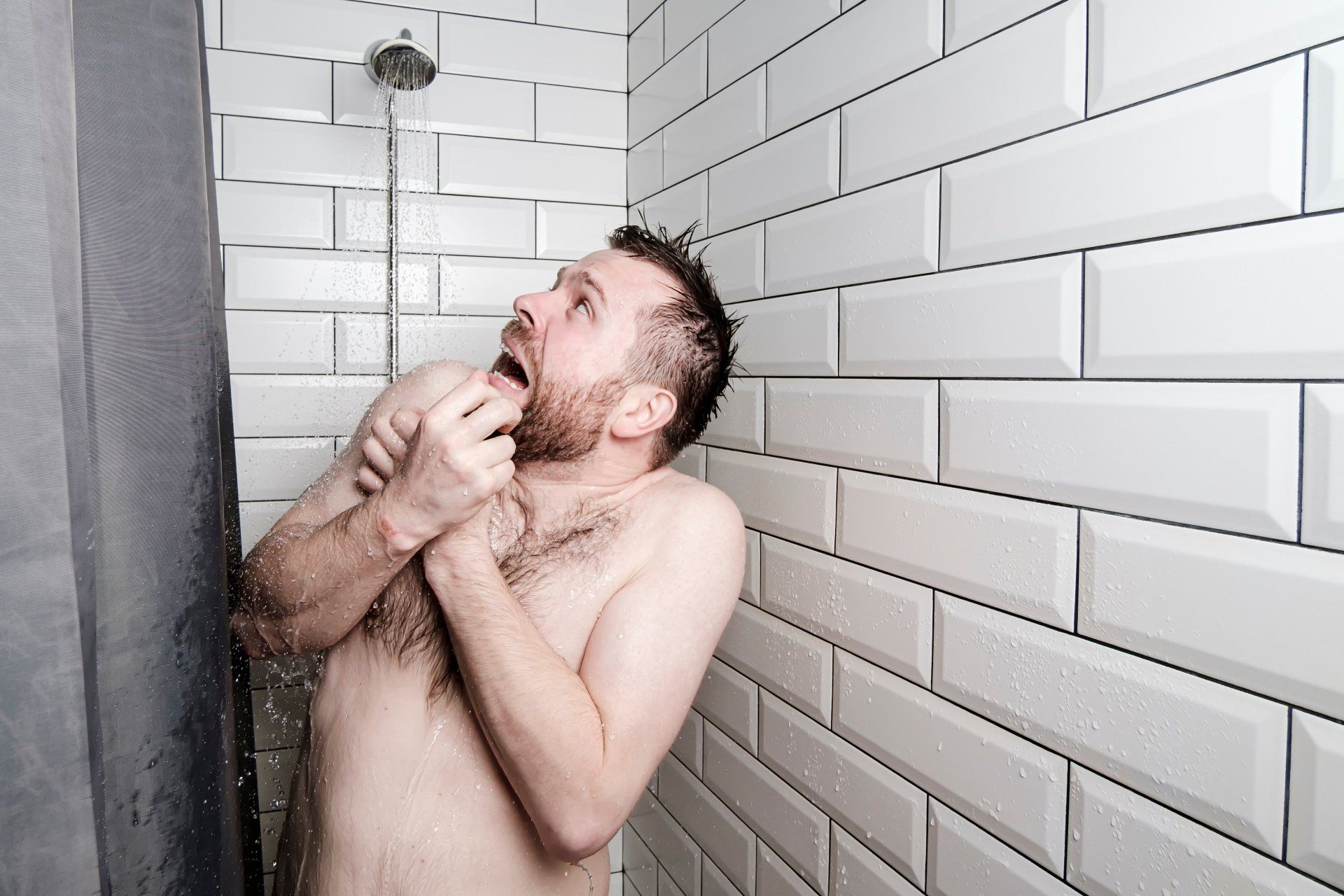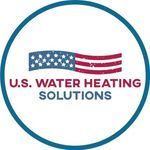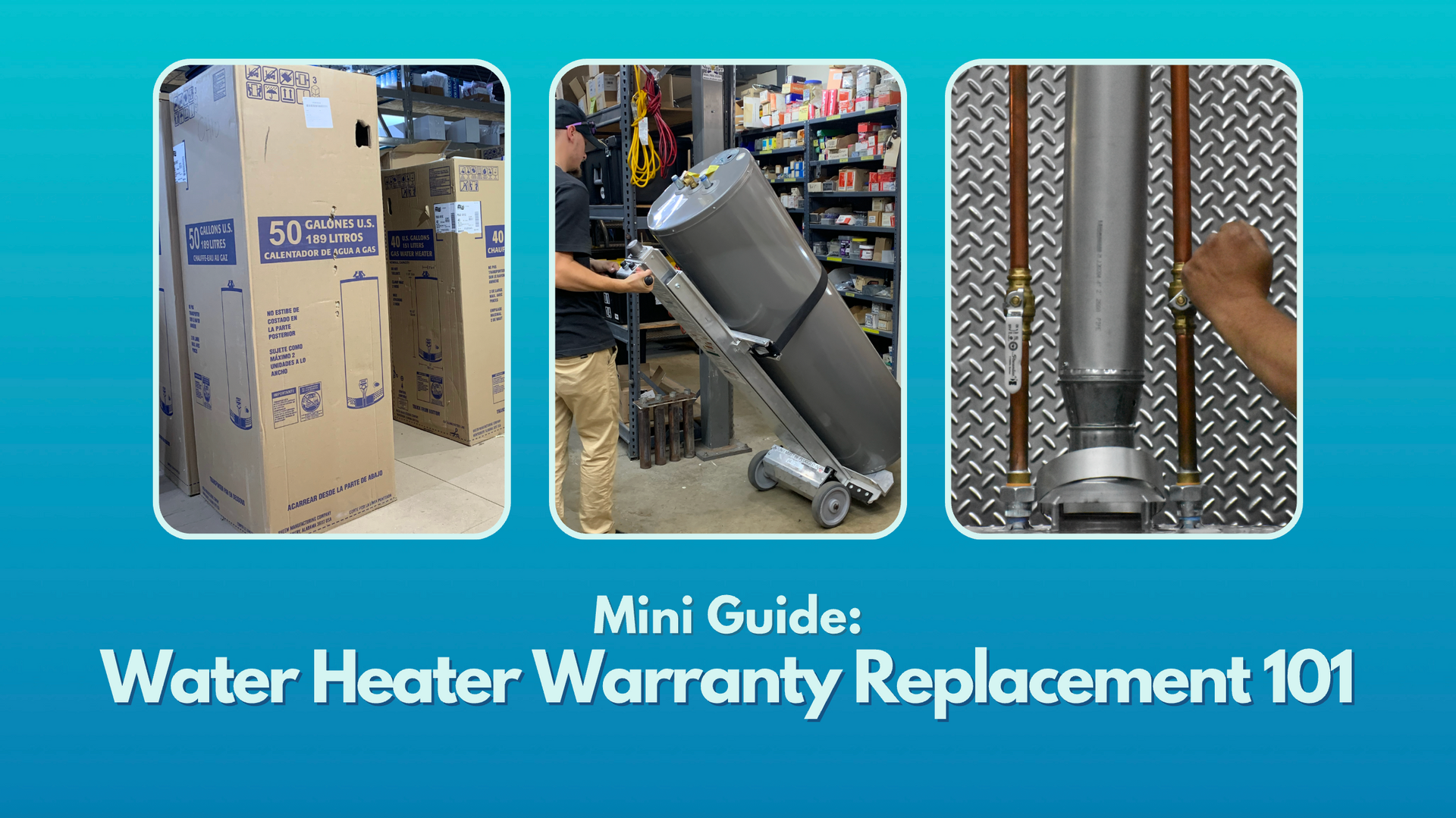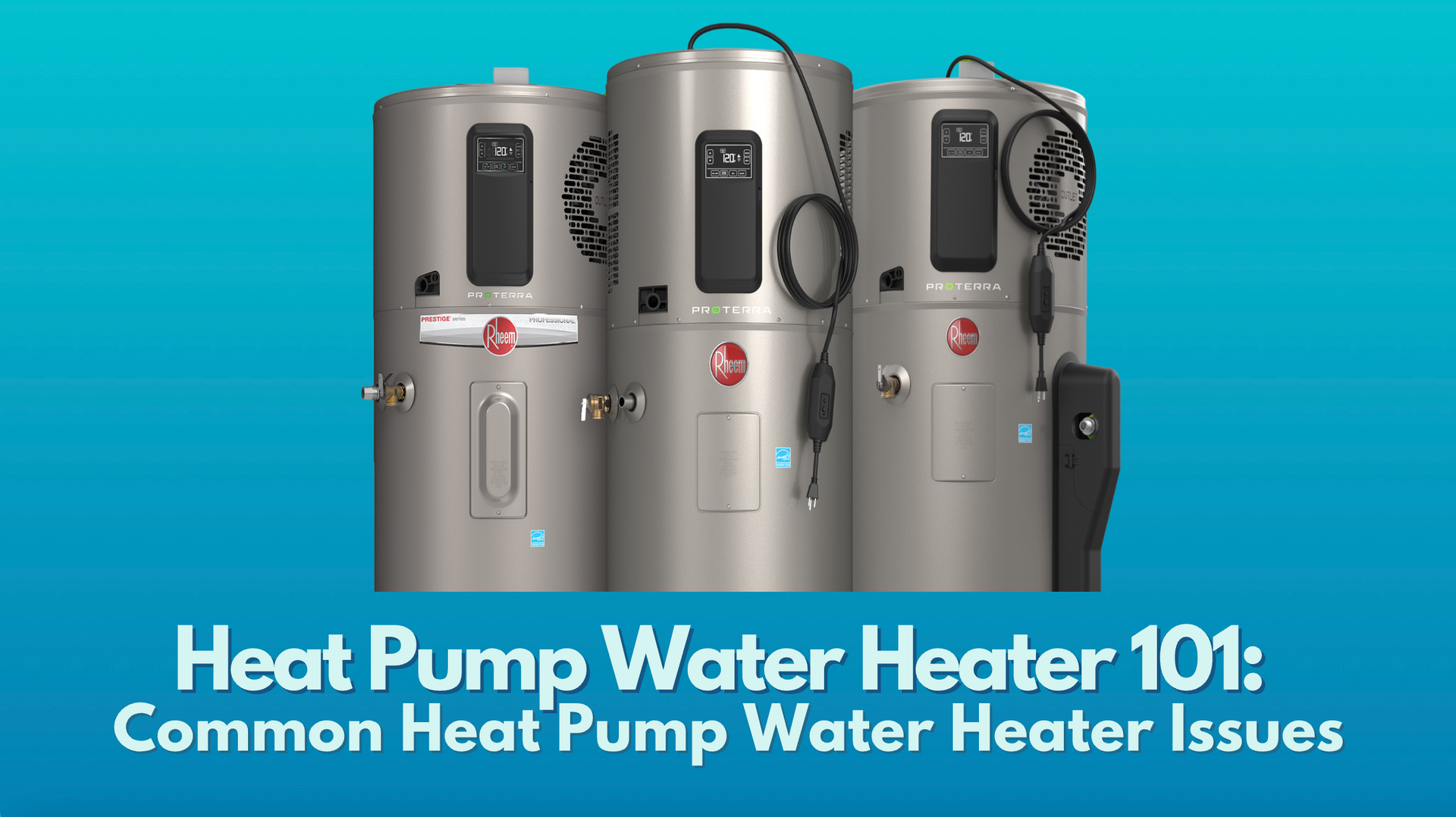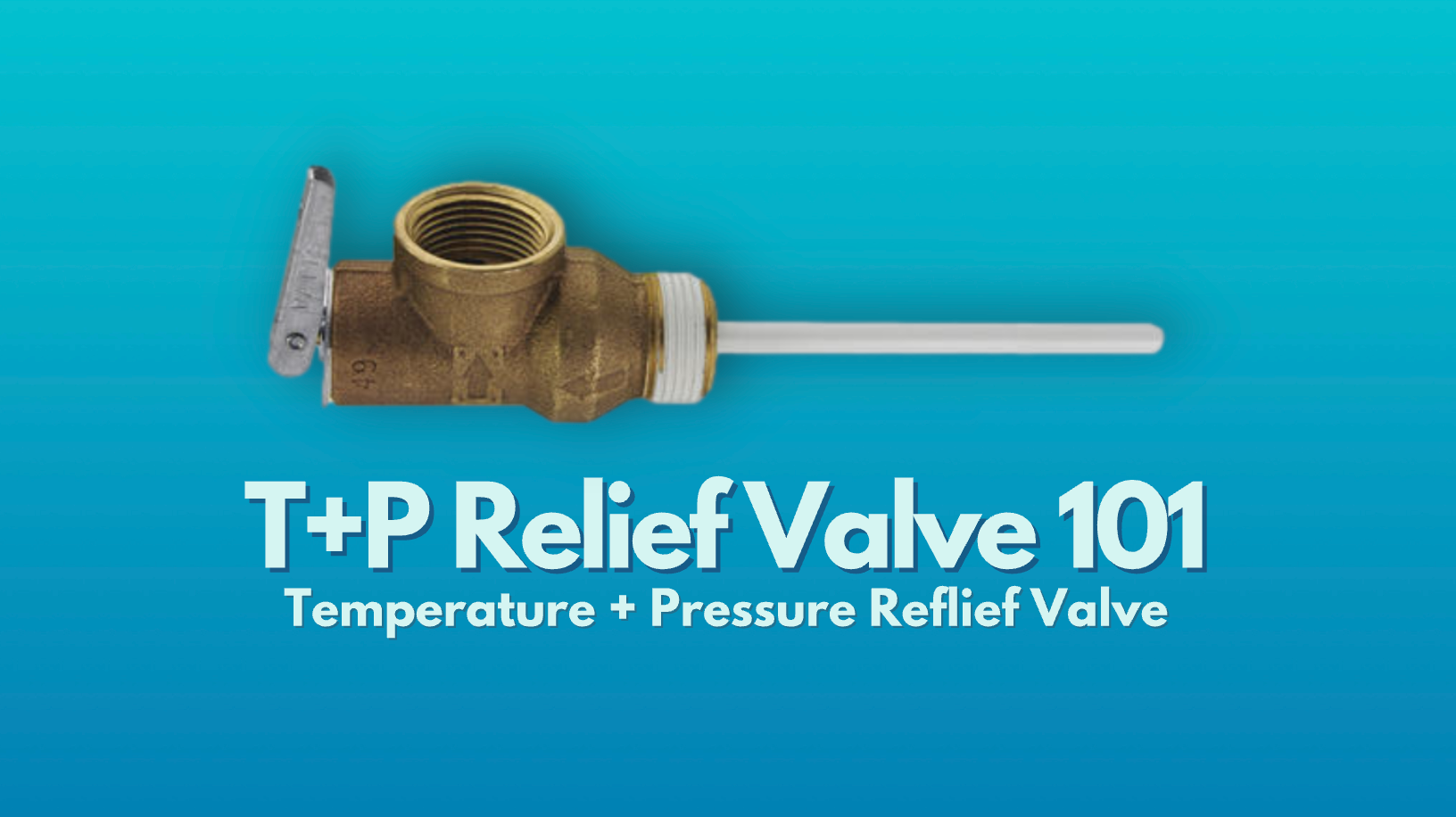Do you want to install a recirculation system to your water heater, or does your current system require repair? We can help!
At U.S. Water Heating Solutions, we offer comprehensive hot water heater services as well as basic plumbing services in select areas. We service both residential and commercial plumbing systems. We can even offer warranty services if your unit is still under warranty.
Simply provide us with the details of your water heater and explain the problem. We’ll get you on the schedule and restore hot water to your home, including service to your hot water recirculation system.
Contact U.S. Water Heating Solutions for a quote today!




